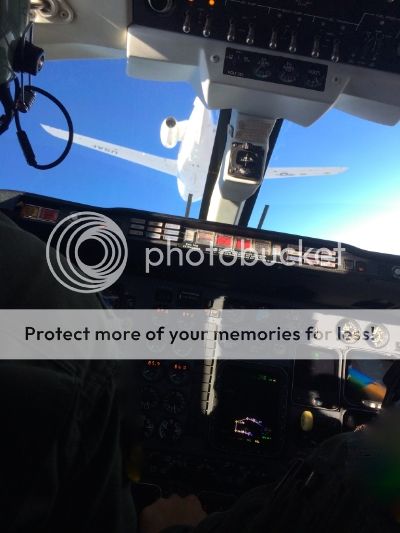"Pima, in my previous post I made the notion that I don't want C-130's since they are prop because I want to possibly go into the airlines. I personally know of C-130 pilots that are commercial pilots and there's exceptions to every rule but I believe that having multi turbo fan hours are better to be hired."
Hi!
I contacted a classmate of mine; she's a VERY senior Captain (Chief Pilot at a Major US Hub and VERY involved in the hiring process) at a major international US airline....think 3 letters...and here's what she had to say about "130's vs any other turbine aircraft..."
"Hi Steve! PIC time is the critical item and you're correct; turbine time is turbine time whether it's a C-130 or a KC-135, it doesn't matter. It's all an algorithm that looks at total time, education, "flight experiences (IP, Evaluator, leadership, etc.,) and letters of recommendation."
So don't bypass the mighty Herc if it's your choice...it's turbine time!
Steve
USAFA ALO
USAFA '83

